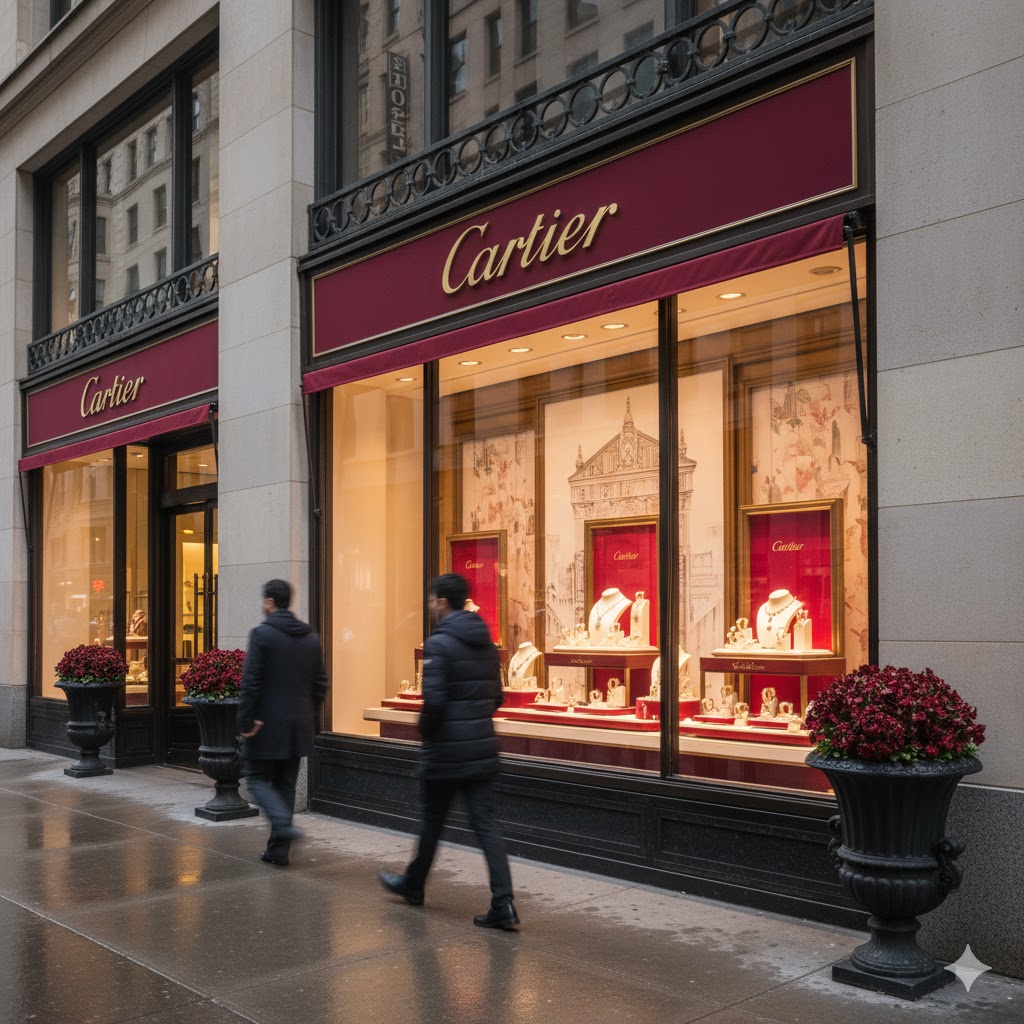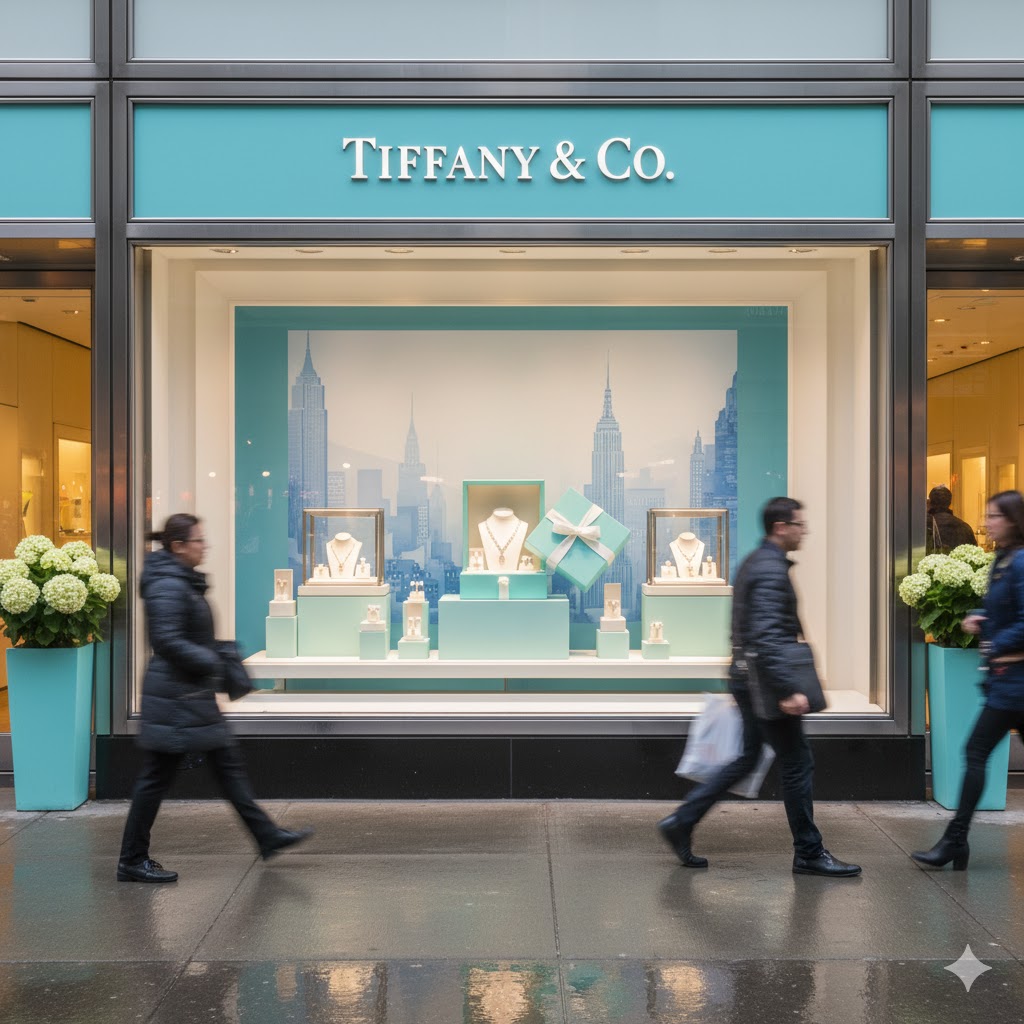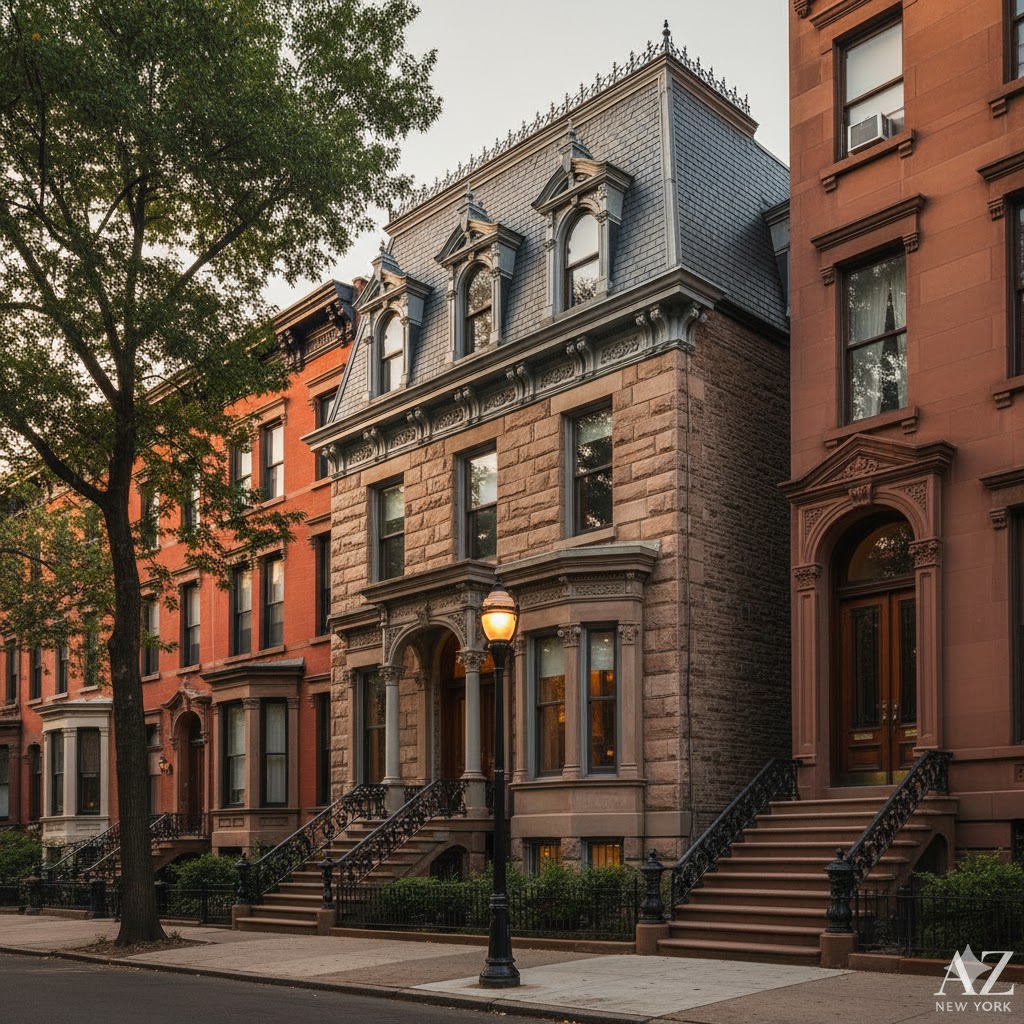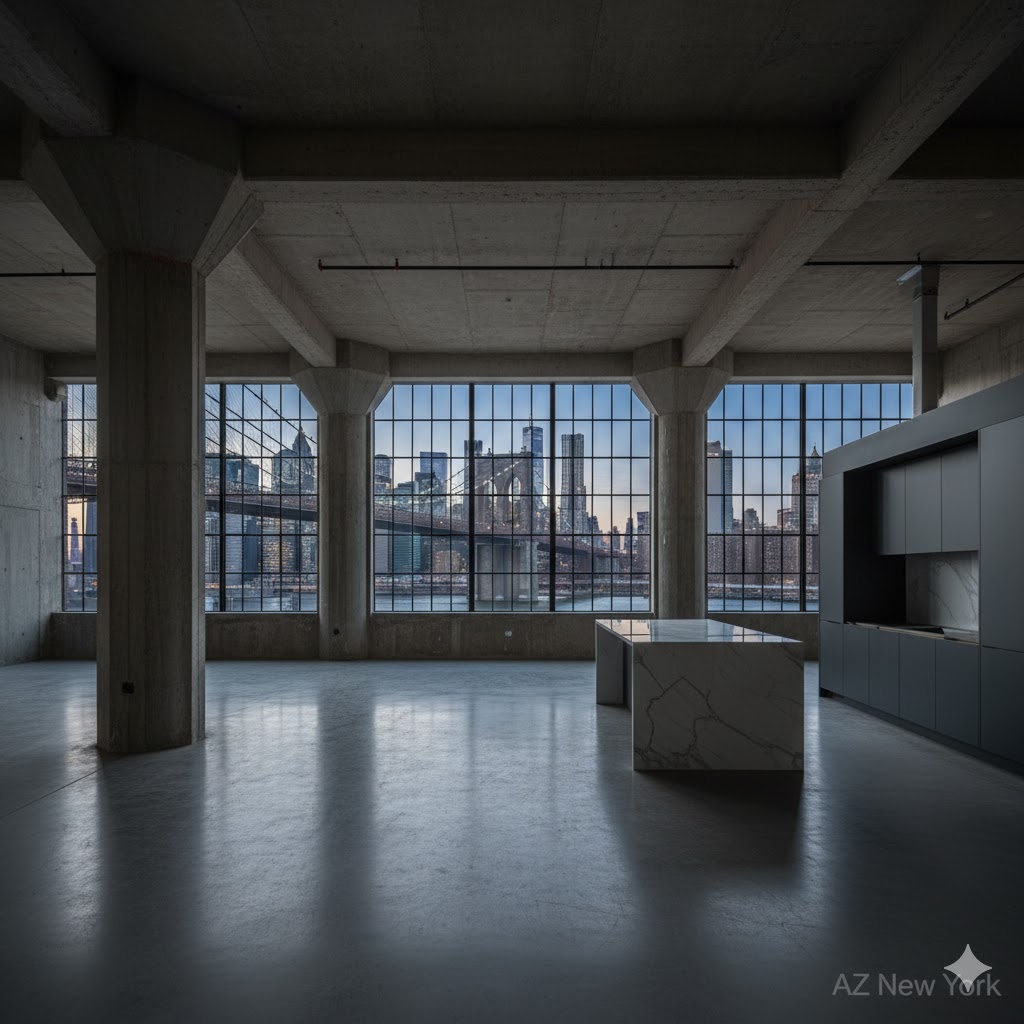Wall Street by the Numbers: The Staggering Statistics Behind Global Finance

Wall Street by the Numbers: The Staggering Statistics Behind Global Finance
The power of Wall Street can be difficult to grasp in abstract terms. The best way to comprehend its immense scale is to look at the raw numbers.
These are figures so vast they defy easy comparison. The daily transactions, the assets managed, and the total market values are not just numbers on a screen; they represent the combined economic output of global industry.
These are the statistics that underpin the world’s financial architecture, showcasing a concentration of capital unlike any other in human history.
In this special analysis, AZ New York puts the jaw-dropping numbers of the Financial District into a perspective you can understand.
Contextualizing the Capital: Wall Street vs. The World
Abstract trillions mean little without a frame of reference. This table compares Wall Street’s financial scale to tangible, real-world economies and projects.
| Wall Street Metric | Approximate Value | Real-World Equivalent |
|---|---|---|
| NYSE Market Capitalization | ~$25 Trillion | Larger than the combined annual GDP of China, Japan, and Germany. |
| Daily Stock Trading Volume (US) | ~$500 Billion | Enough to buy every team in the NFL, NBA, and MLB outright, every single day. |
| Assets Under Management (BlackRock) | ~$10 Trillion | Larger than the GDP of every country on Earth, except for the US and China. |
| US National Debt | ~$34 Trillion | More than the entire market capitalization of the New York Stock Exchange. |
The Numbers in Action: 3 Case Studies of Scale
These figures are not static. They are the active lifeblood of the global economy, moving with incredible speed and purpose.
Case 1: The Sheer Value of the NYSE
The total market capitalization of the New York Stock Exchange represents the collective value of the world’s most iconic companies. When you combine the value of giants like Microsoft, Johnson & Johnson, and JPMorgan Chase, you get a figure that eclipses the economic output of entire continents. This number represents a massive claim on future corporate profits and is the foundation upon which global investment portfolios are built.
Case 2: The Daily Flood of Capital
Every business day, hundreds of billions of dollars change hands in the U.S. stock market alone. This isn’t just a few big trades; it’s hundreds of millions of transactions, many executed by algorithms in microseconds. This incredible liquidity is Wall Street’s primary function—it ensures that sellers can always find buyers, allowing capital to flow efficiently to where it is most needed and giving investors confidence that they can access their money when they need it.
Case 3: The Power of a Single Firm (BlackRock)
A single asset management firm like BlackRock, headquartered in Manhattan, has more economic influence than most sovereign nations. Their $10 trillion in Assets Under Management (AUM) means they are among the largest shareholders in nearly every major public company in the world. Their decisions on how to vote their shares in corporate elections can determine the fate of CEOs and shape corporate policy on everything from climate change to executive compensation.
Pro Tip: You can access a simplified version of this powerful data. Use a free online stock screener tool (like those on Yahoo Finance or Finviz) to filter companies by market capitalization. This allows you to quickly grasp the scale difference between a “large-cap” company (over $10 billion) and a “mega-cap” company (over $200 billion).
Financial Market Curiosity: The first company to ever reach a $1 trillion market capitalization was PetroChina in 2007, but it was a fleeting and controversial milestone due to its limited public float. The first U.S. company to definitively close above a $1 trillion market cap was Apple, which achieved the feat on August 2, 2018. It then took only two years for Apple to reach a $2 trillion valuation, a stunning demonstration of the power of modern capital growth.
Frequently Asked Questions (FAQ)
The sheer scale of these numbers can be confusing. Here are some key clarifications.
What does “Assets Under Management” (AUM) mean?
AUM is the total market value of all the financial assets that a financial institution manages on behalf of its clients. For a firm like BlackRock, this includes the money in ETFs, mutual funds, and pension plans they control for millions of individual and institutional investors.
Is the NASDAQ part of these numbers?
The NASDAQ is a separate exchange from the NYSE, also based in New York City. Its own market capitalization is also in the tens of trillions, dominated by tech giants like Apple, Amazon, and Google. When combined, the two New York-based exchanges represent an even more staggering concentration of global capital.
Do these huge numbers actually reflect real value?
This is the trillion-dollar question. These numbers reflect the market’s *current belief* about the future profitability of these companies. This value can be volatile and is subject to human psychology (fear and greed). While it’s tied to real assets and earnings, it can sometimes detach from fundamental reality, creating market bubbles.
To understand the forces behind these numbers, visit our Economy section.
Keywords for Your Next Internet Searches on the Subject…
Wall Street statistics, NYSE market capitalization, daily trading volume, assets under management explained, BlackRock AUM, largest stock exchanges by market cap, trillion dollar companies, US national debt comparison.
Tags
Wall Street, Statistics, NYSE, NASDAQ, Market Capitalization, Trading Volume, Assets Under Management, AUM, BlackRock, Trillion Dollar Club, FiDi, New York City, US Economy, Global Economy, Stock Market, Financial Data, Big Numbers, Investment
Part 1: Business, Economy, and Power (1–20)
This section explores the core of what makes the Financial District tick: the deals, the institutions, and the immense power that flows through its veins.
- What does it really mean to “work on Wall Street” today?
- How does the “investment banking” culture of FiDi shape the global economy?
- What is the true influence of the New York Stock Exchange (NYSE) on the daily lives of ordinary people?
- How deep is the connection between the political power of Washington D.C. and the decisions made on Wall Street?
- Does the “Charging Bull” still symbolize prosperity, or has it become an icon of corporate greed?
- What are the best-kept secrets of the major investment banks headquartered in FiDi?
- How is the rise of fintech and cryptocurrencies challenging the traditional financial dominance of Wall Street?
- What is the true human cost behind the multi-billion dollar profits generated in the Financial District?
- If the walls of Goldman Sachs or J.P. Morgan’s offices could talk, what would they reveal about power?
- Is Wall Street’s “work hard, play hard” culture sustainable in the long run?
- What is the role of the Federal Reserve Bank of New York in the stability (or instability) of the world economy?
- How ethical are the practices that led to the rise of so many financial empires in FiDi?
- What is the impact of artificial intelligence on the high-frequency trading that occurs on Wall Street?
- Who are the real “wolves” of Wall Street today?
- How is the gentrification of the Financial District transforming the social and economic landscape of Lower Manhattan?
- What is the next major financial crisis that could emerge from Wall Street?
- What does the concentration of so much financial power in a single area say about social inequality in the U.S.?
- How does the annual bonus culture on Wall Street affect the mindset and decisions of traders?
- What is the true story behind the fortunes built and lost on Wall Street?
- If the Financial District were a country, what would its GDP and foreign policy be?
Part 2: Lifestyle, Behavior, and Wall Street Culture (21–40)
Beyond the numbers, there’s a unique culture. This section delves into the daily lives, habits, and social dynamics of the people who power the Financial District.
- What is the unwritten dress code for success in FiDi?
- What is the daily routine of a junior analyst at an investment bank on Wall Street?
- What role do happy hours play in the networking and deal-making culture of the Financial District?
- Is life in FiDi more like the show “Billions” or the movie “The Wolf of Wall Street”?
- What are the most coveted status symbols among Wall Street professionals?
- How does the pressure to perform affect the mental health of workers in the Financial District?
- What is the “secret language” and jargon used by Wall Street insiders?
- Is there a “Wall Street dream” analogous to the “American dream”?
- How do FiDi professionals balance their personal lives with the long working hours?
- What is the role of exclusive clubs and secret societies in Wall Street’s power hierarchy?
- How has Wall Street’s culture changed since the 2008 financial crisis?
- What do “Wall Street bros” do for fun on the weekends?
- What is the soundtrack to the life of a successful trader on Wall Street?
- How important are philanthropy and donations to the public image of Wall Street billionaires?
- What are the gender dynamics like in an environment as male-dominated as Wall Street?
- What is the diet of a high-performance professional in the Financial District?
- What do Wall Street veterans teach newcomers about surviving in this competitive environment?
- What is the impact of Wall Street culture on New York City’s nightlife and relationships?
- What happens when someone on Wall Street “breaks” and loses everything?
- What cultural legacy is the current generation of Wall Street professionals leaving for the future?
Part 3: Architecture, Real Estate, and Urbanism (41–55)
The very streets and buildings of the Financial District tell a story. Here, we examine the physical environment that houses the world’s most powerful economic engine.
- How does the architecture of the Financial District’s skyscrapers reflect the power and ambition of their occupants?
- What is the story behind the names of FiDi’s streets, like Wall Street, Broad Street, and Pearl Street?
- How did One World Trade Center and the 9/11 Memorial change the landscape and spirit of the Financial District?
- What is the real cost of a luxury apartment with a view of the world’s financial heart?
- How did the geography of Lower Manhattan influence the development of the Financial District?
- What architectural secrets are hidden in the historic buildings of Wall Street?
- How does FiDi’s transportation infrastructure (subway, ferries, etc.) support the daily flow of millions of people?
- What is the future of office space in the Financial District in the era of remote work?
- How are security and surveillance integrated into the architecture and urban planning of FiDi?
- What is the historical significance of places like Trinity Church amidst the modern skyscrapers?
- How is real estate development in FiDi expanding into adjacent areas like the Seaport District?
- What is the environmental impact of concentrating so many buildings and people in such a small area?
- What do future urban planning projects reveal about the evolution of the Financial District?
- What does it feel like to walk through the narrow streets and canyons of steel and glass in FiDi?
- How is New York’s history as a commercial port still visible in the urban landscape of the Financial District?
Part 4: Gastronomy, Entertainment, and Leisure (56–70)
Where do the power players dine, drink, and unwind? This section explores the culinary and recreational landscape of the Financial District.
- Where do Wall Street bankers have lunch to close multi-million dollar deals?
- What is the most iconic bar in the Financial District for a “power happy hour”?
- How has FiDi’s dining scene evolved from simple “power lunches” to Michelin-starred restaurants?
- What role do steakhouses play in Wall Street’s business culture?
- What are the secret getaways and leisure spots for FiDi professionals to escape the pressure of work?
- How does the nightlife in the Financial District compare to other Manhattan neighborhoods, like the Meatpacking District?
- What is the most ordered drink in Wall Street bars after the market closes?
- Where do Wall Street traders celebrate a day of record profits?
- How important is coffee to the frantic routine of the Financial District?
- How are cultural and artistic events beginning to flourish in an area traditionally focused on business?
- What is the best spot in FiDi to watch the sunset over the Hudson River?
- What luxury entertainment options are available to the Wall Street elite?
- How does street food (food trucks) adapt to serve the hurried crowds of the Financial District?
- What do the restaurants and bars in FiDi reveal about the hierarchy and status of their patrons?
- What is the experience of dining in an exclusive restaurant at the top of a Financial District skyscraper?
Part 5: Luxury, Fashion, and Status (71–80)
In a world of high stakes, symbols of success matter. This section looks at the role of luxury, fashion, and status in the Financial District.
- What is the unofficial “uniform” of a successful investment banker on Wall Street?
- What are the most popular watch brands among traders in the Financial District?
- How are luxury and ostentation perceived in Wall Street culture?
- What is the dream car of a young analyst who has just received their first big bonus?
- How has fashion in FiDi evolved from the traditional suit and tie to a more “business casual” style?
- What are the favorite luxury stores and boutiques of the Wall Street elite?
- What does a bespoke suit say about someone’s position in the Wall Street hierarchy?
- How are accessories (shoes, briefcases, pens) used as symbols of power and status in FiDi?
- How important is membership in exclusive gyms and fitness clubs in the Financial District?
- How does the concept of “luxury” on Wall Street extend beyond material goods to include experiences and exclusive access?
Part 6: History, Curiosities, and Memes (81–90)
The Financial District is steeped in history and modern lore. This section uncovers fascinating stories, hidden facts, and the neighborhood’s role in internet culture.
- What is the real origin of the name “Wall Street”?
- What were the most dramatic and iconic moments in the history of the New York Stock Exchange?
- What is the story of the “Fearless Girl” statue and its relationship with the “Charging Bull”?
- What are the most famous legends and myths about the early days of Wall Street?
- How do internet memes (like the “Stonks” meme) portray and satirize the world of Wall Street?
- What were the biggest financial scandals that rocked Wall Street throughout history?
- What is the history of Federal Hall, the site where George Washington was inaugurated as the first U.S. President?
- Who are the “ghosts” of Wall Street—the companies and fortunes that vanished overnight?
- How have movies and books shaped the public’s perception of Wall Street?
- What is the most surprising curiosity about daily life in the Financial District that most people don’t know?
Part 7: Future, Innovation, and Technology (91–100)
What’s next for the Financial District? This final section looks ahead at the trends, technologies, and challenges that will define the future of Wall Street.
- How could blockchain technology and decentralized finance (DeFi) make Wall Street obsolete?
- What will be the role of humans in the financial market as artificial intelligence becomes more sophisticated?
- How is the Financial District adapting to climate change and the need for sustainability?
- What is the next major technological innovation to come out of “Silicon Alley” and impact Wall Street?
- How will remote work and the decentralization of offices affect the future of the Financial District as a center of power?
- What is Wall Street’s role in funding space exploration and other futuristic technologies?
- How is Generation Z changing the culture and priorities of the financial sector on Wall Street?
- Will the Financial District continue to be the world’s financial center in the coming decades, or will it be surpassed by other global hubs like Shanghai or Singapore?
- How are big data analytics and quantum computing transforming investment strategies on Wall Street?
- What is the most important question about the future of Wall Street that no one is asking?












